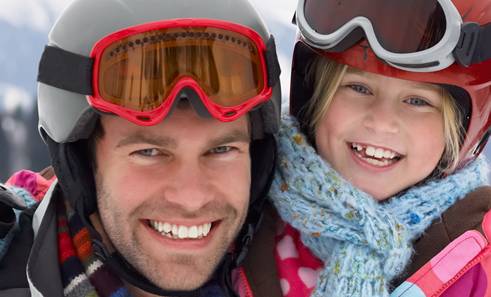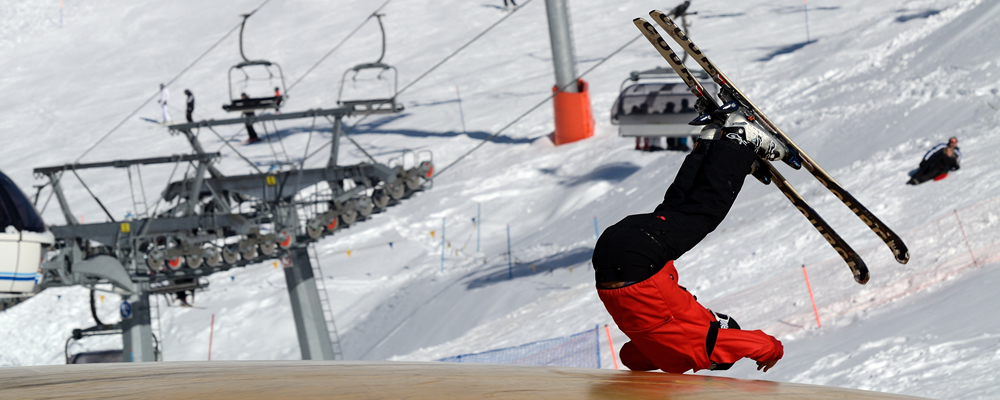
Winter is winding down but there is still time to enjoy your favorite winter sports. The great thing about hard-packed snow and ice - it lets you go fast. The bad part – it is hard, very hard. As we know, what goes up must come down. Unfortunately, for some people this means coming down head first; resulting in traumatic brain injury (TBI). A literature review performed in 2000 (Levy, AS, et al.) estimated 50-88% of fatalities at ski resorts were from a TBI. The majority of TBI accidents on the slopes is from hitting their head on an object or hitting their head on the snow.
The incidence of TBIs associated with winter sports continues to increase every year around the world. Individuals who are most likely to sustain a TBI are males under the age of 35. The increasing incidence may be in part due to the greater awareness of brain injuries and it may also be from skiers and snowboarders pushing the limits and trying to go faster, higher, and farther. Terrain parks allow people to defy gravity and try more daring maneuvers. The bigger the trick the greater the risk. Increasing frequency of TBI during winter sports is in part why January was National Winter Sports Traumatic Brain Injury Awareness Month. But as winter comes to a close and spring starts to emerge, it is important to keep TBI at top of mind. For many winter athletes, the lingering symptoms of a TBI won't melt away with the snow.
It is important to understand that a TBI can range from mild to severe and can even cause death. Even a mild TBI, or a concussion, can have a negative impact on your daily life. There are several symptoms of a concussion, discussed here, but is is important to remember to no two head injuries are the same. Different people suffer different symptoms and have differing courses of recovery. TBI has several effects on the visual system, with symptoms such as double vision, blurred vision, visual field loss, headaches associated with vision, words moving on the page, or even impaired balance. Additionally, a TBI can affect visual processing speed and working memory, making you feel as if you are in a 'fog'. If a head injury is sustained it is important to follow up care with your primary care doctor. It is also important that your care team include an optometrist who is residency-trained in neuro-optometry.
Just as your primary care doctor may add a neurologist or rehabilitative therapist to your care team, your eye care team should expand beyond your eye doctor who prescribes your glasses and checks the health of your eyes. A neuro-optometrist has the advanced training necessary to evaluate how your visual system has been affected by your TBI and to develop a plan to manage your vision conditions. Fortunately, many of the vision conditions that result from a TBI respond extremely well to treatment, meaning you can get back to your old self. The first step in your recovery process is to schedule a Neuro-Optometric Assessment.
Preventing head injuries while skiing or snowboarding is ideal. One of the easiest ways to do that is to wear a helmet. Wearing a helmet can reduce the risk of head injury 22-60%. It is recommended that when purchasing a helmet to try multiple brands and to follow the fitting guide. Never be afraid to ask for assistance from a sales professional to find the right fit. Also keep in mind when purchasing a helmet for a child do not buy one too large so they can grow into it. This may reduce visibility and comfort. If you do not want to purchase a helmet because you aren't a frequent skier or boarder you can always rent a helmet.
So remember to wear your helmet while on the slopes and if you do hit your head make sure to contact your doctor as well as a Neuro-Optometrist so they can get you back in action as soon as possible.


